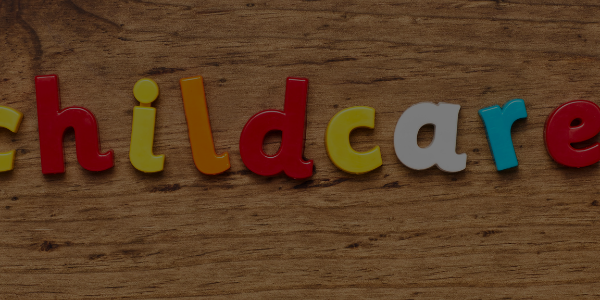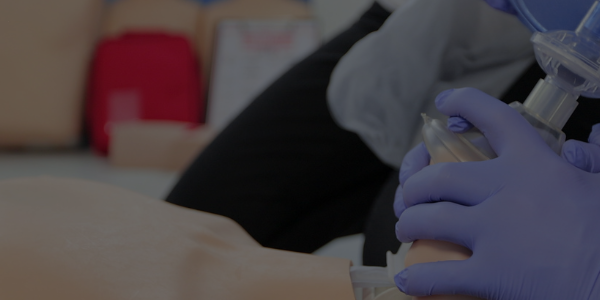When it comes to choking emergencies, there are many myths and misconceptions surrounding the use of water to help alleviate the situation. This blog post will debunk some of the most common myths and provide accurate information about when and how to use water after a choking incident. To stay informed and learn valuable first aid skills, consider booking a first aid course with AB First Aid Training [1]. Visit www.abfirstaid.com.au or call 03 8364 8984 to book a course today.
Learn more why water in choking emergencies is helpful.
Below are the top 4 Myhts about water in choking emergencies
Myth 1: Drinking water can help dislodge a stuck object
Fact: Drinking water while choking can be dangerous and should be avoided. If a person is choking on an object, their airway is obstructed, and attempting to drink water could push the object further down, worsening the situation [2].
Myth 2: You should always give water to someone who has just stopped choking
Fact: While it may seem like a good idea to provide water to someone who has just stopped choking, it’s not always necessary. If the person can breathe and swallow normally, and there is no sign of injury or irritation to their throat, offering water is generally safe. However, if the person is still having difficulty breathing, coughing, or experiencing pain, it’s best to avoid giving water and seek medical attention instead [3].
Myth 3: Water can help soothe a throat irritated from choking
Fact: Drinking water can help soothe a throat that has been irritated by coughing or a choking incident, but only if the person is no longer choking and can breathe and swallow normally [3].
Myth 4: You should force water down someone’s throat to help with choking
Fact: Forcing water down a choking person’s throat can be dangerous and may worsen the situation. Instead, follow the proper first aid procedures for choking, which include encouraging the person to cough, performing back blows and chest thrusts for adults and children, or back blows and chest thrusts for infants [4].
Understanding the facts and debunking myths about water and choking is essential for providing proper first aid in an emergency. To gain the confidence and knowledge needed to save a life, enroll in a first aid course with AB First Aid Training [1]. To book a course, visit www.abfirstaid.com.au or call 03 8364 8984.
Please note that regular First Aid and CPR Training is the best way to make sure that you’re prepare in the case of an emergency. Book a course with us
Footnotes and Sources:
[1] AB First Aid Training. (n.d.). AB First Aid Training. Retrieved from https://www.abfirstaid.com.au
[2] First Aid for Life. (2016). Choking – what to do if someone is choking. Retrieved from https://www.firstaidforlife.org.au/choking/
[3] HealthDirect. (2021). Choking. Retrieved from https://www.healthdirect.gov.au/choking
[4] Better Health Channel. (2021). First aid – choking adult or child over one year. Retrieved from https://www.betterhealth.vic.gov.au/health/conditionsandtreatments/first-aid-choking-adult-or-child-over-one-year





